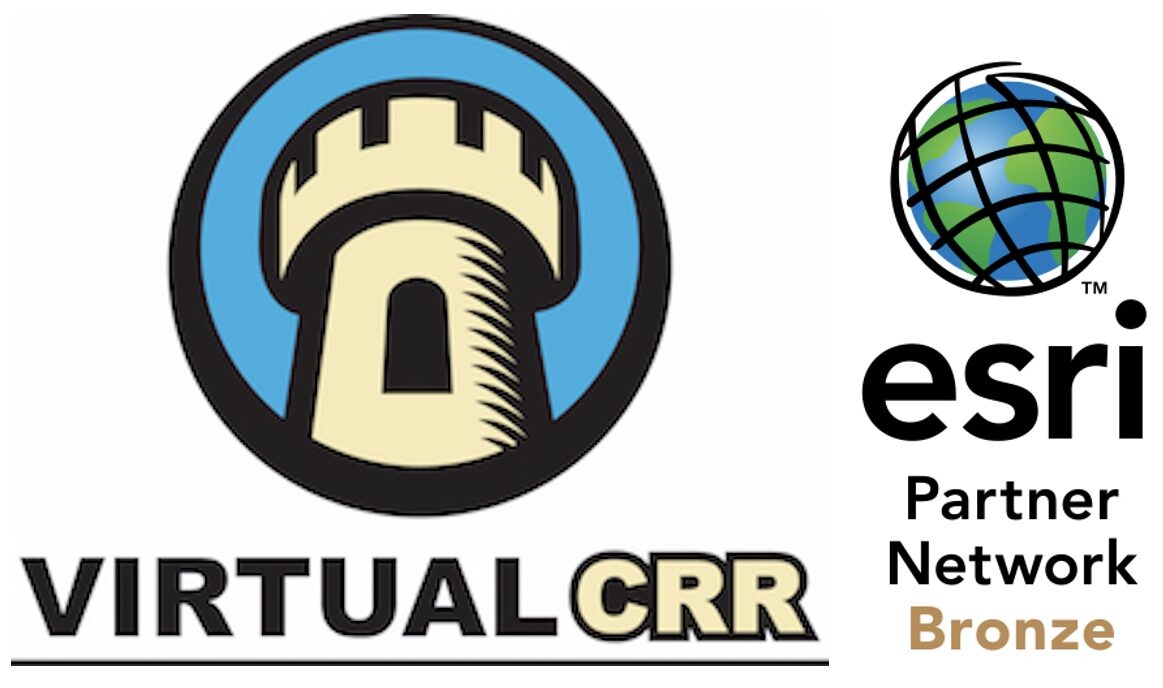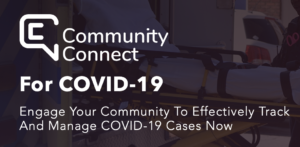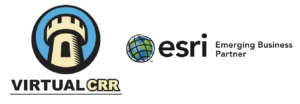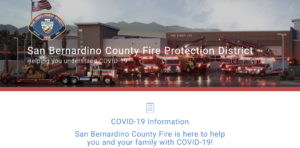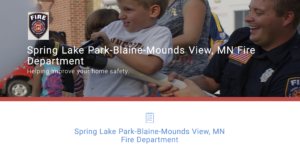COVID-19 & Community Risk Reduction
COVID-19 has taken the earth by storm, affecting the world economy and most of our daily lives. The Fire Service has not escaped its clutches either and our Community Risk Reduction efforts have forever been changed. Most departments have been forced to stop any type of in person visits to people’s homes, schools, or events. When we look at the majority of our current and past CRR efforts, they have been decimated by this lack of personal contact. No more smoke alarm installations, home safety assessments, school presentations, community presentations, helmets, stickers, or preparedness fairs. Are these the only CRR activities we do? No, but they are some of the most common.
Current Changes to Community Risk Reduction
It has been fascinating to see how departments have changed their CRR efforts during the last few weeks. Realizing that changes would need to be made, many departments stepped up to the plate. It is often in times where change is forced upon us that we get our creative juices flowing. When we can’t keep doing “business as usual” our efforts have new meaning and purpose. Let’s look at a few examples of these changes.
Virtual Contact Through Social Media
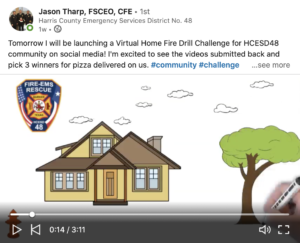
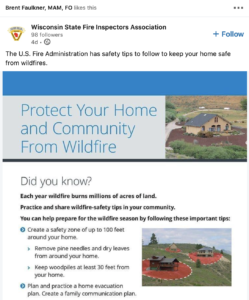
The vast majority of departments have stepped up their “Virtual” footprint through social media. There has been a marked increase in safety messaging and outreach. We’ve seen station tours, educational classes, and information sharing through “live” events and webinars. Since most schools are closed, this information has been a valuable way for parents to engage their children throughout the day. Some department shave chosen to host work out sessions for their community. Most of the gyms have been closed and PE classes canceled at school, so again, fire departments are filling the void. We even have examples of departments having story time, engaging their younger followers.
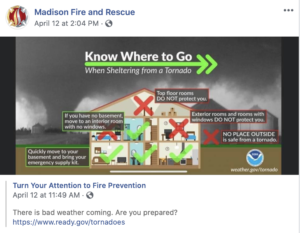
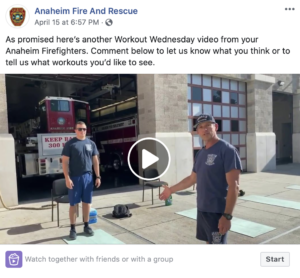
Results of Virtual Contact
There was recently a study by IPREX that gives some fascinating insight into what our efforts have potentially accomplished. You can find the whole study HERE. In the chart below from this study, you will see what has been accomplished in just three weeks during the COVID-19 stay at home orders. At first glance, you may think these numbers are not that great, but let’s look a little deeper.
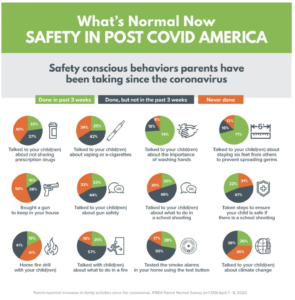
Let’s just look at a few of these that may be of greater interest to our more traditional CRR efforts.
Parents who have done a fire safety drill with their children:
Done in past 3 weeks 19%
Done, but not in past three weeks 41%
Never done 41%
In only 3 weeks time, 19% of those surveyed performed a fire drill with their children. This to me is incredible when you compare it to the number of people who had never done a drill at 41%. All of our previous efforts to get people to do this failed 41% of the time. All of the Fire Prevention Week activities, school presentations, community meetings, etc.over the last decades failed to get them to even do one fire drill with their children, ever! In just 3 weeks 19% said they had done it.
Talked with children about what to do in a fire:
Done in past three weeks 26%
Done, but not in past three weeks 57%
Never done 28%
Again, in only 3 weeks over a quarter of those surveyed had a conversation with their children about what to do in a fire. Can you think of a time where a quarter of your community was motivated to speak about fire safety in their home in such a small amount of time?
Tested smoke alarms:
Done in past three weeks 28%
Done, but not in past three weeks 55%
Never done 17%
Even with all of our past messaging regarding what is probably the #1 CRR activity, 17% of those surveyed have never tested their smoke alarms. Not once in their whole life time. But, in just three weeks 28% did just that.
What has Changed in our CRR Efforts?
I’d like to say this is an easy question, but I don’t think it is. Overall, I think we can boil it down to two things though.
-
- We’ve engaged people where they are, on Social Media, Virtually. As you can see below, the average American spends over 2 hours a day on Social Media.
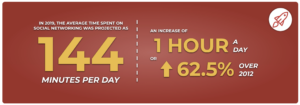
https://www.broadbandsearch.net/blog/average-daily-time-on-social-media
- We’ve engaged people where they are, on Social Media, Virtually. As you can see below, the average American spends over 2 hours a day on Social Media.
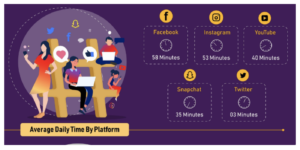
2. Since COIVID-19 and the “Stay at Home” orders, people have less distractions in their life. Parents are looking for anything to keep their children occupied and the day rolling. They are looking for information and stumbling across our information. It has become of value to them.
Will this trend continue after these orders are lifted? Time will tell, but we’ve definitely seen one common theme. We can reach far more people Virtually than we can in person. There is not one department out there who has the resources to be able to affect change on over 25% of their population by physically meeting with them. We couldn’t do that many Home Safety Visits, Smoke Alarm Installs, or Community Engagement Events. We must become more versed in our Virtual Outreach!
Virtual Tools for Fire Departments
First Due
First Due has released a version of their Community Connect program for Free for COVID-19. This app allows citizens to answer a simple survey regarding COVID-19. This allows departments to track the virus in their community. For more information on Community Connect for CIOVID-19, select the picture below.
Virtual CRR
Below are three examples of departments utilizing a Virtual CRR program to
- Educate their Community
- Collect Data Related to their Community
- Prioritize their CRR Efforts
San Bernardino County Fire – COVID-19 Awareness (No Longer Active, Has Broken Links)
Spring Lake Park – Blaine – Mounds View Fire – Home Safety Assessment
Corona Fire – Wildland Preparedness Assessment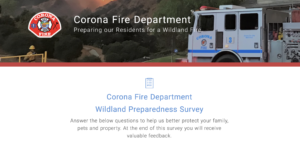
The Future of CRR is “Virtual!”
The future of Community Risk Reduction is brights. COVID-19 has encouraged many departments to think outside of the traditional methods of CRR Activities. We’ve seen that Virtual methods of CRR activities give us the opportunity to reach a much larger portion of our community in a much shorter amount of time. When we are able to meet physically with our community, don’t abandon the physical or Virtual methods of reaching out to them. We must continue to engage our community as often and in as many different ways as possible.
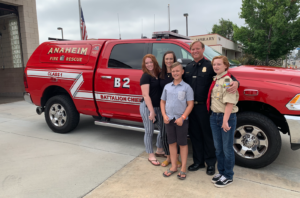 Brent Faulkner MAM, FO is the CEO and Founder of Virtual CRR Inc. He has 23 years of experience in the fire service and is currently a Battalion Chief for a Municipal Fire Department in Southern California. During this time, he has responded to numerous emergency situations including structure fires, wildland fires, hazardous materials responses, emergency medical situations, and numerous types of rescues. In addition, he has served on a Type 1 Hazardous Materials Response Team for 17 years.
Brent Faulkner MAM, FO is the CEO and Founder of Virtual CRR Inc. He has 23 years of experience in the fire service and is currently a Battalion Chief for a Municipal Fire Department in Southern California. During this time, he has responded to numerous emergency situations including structure fires, wildland fires, hazardous materials responses, emergency medical situations, and numerous types of rescues. In addition, he has served on a Type 1 Hazardous Materials Response Team for 17 years.
Brent had a defining moment in his career which, as a result, lead him to create Virtual CRR and his passion for Community Risk Reduction. He led a team in Critical Infrastructure Protection (CIP) at a recognized Department of Homeland Security (DHS) Terrorism Fusion Center. This team was responsible for increasing the safety of critical infrastructure as it relates to terrorism, general security, and natural disasters. He has a Master’s Degree in Management (MAM), a Bachelor’s Degree in Occupational Studies (BA), an Associate’s Degree (AS) in Hazardous Materials Response, and another in Fire Science.
